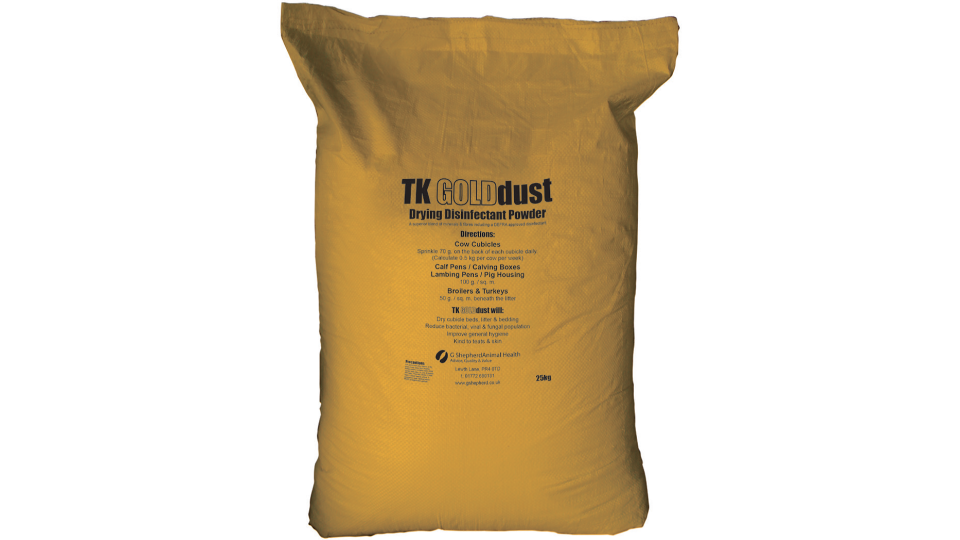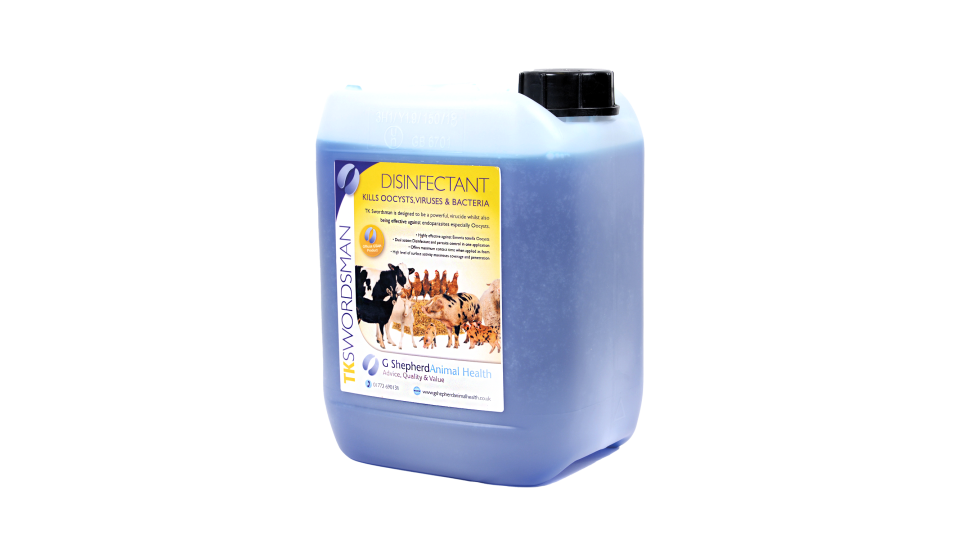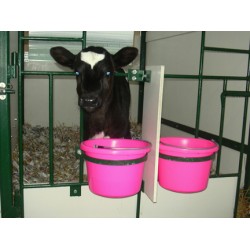Lambing time are you ready?
“Fail to plan, plan to fail”
Preparation is key to a successful lambing.
There are 5 main things you really need to think about before lambing kicks off, plan, housing, tool kit, feeding & record keeping.
Plan:
- Ideally 1 trained member of staff to 250 ewes
- Protocols in place for all eventualities
- Training
- Meetings so everyone is on task
- Staff on hand at all times
Housing:
Lambing sheds come in many shapes and sizes. Before lambing your sheds should be well cleaned out and disinfected. Come lambing time they should be well bedded and the bedding should be refreshed every day. Also, buildings need to be well ventilated but not draughty. Your ewes ideally need 1.2m2 of lying space and they also need 24/7 access to clean, fresh water and feed.
Lambing pens
- 1 pen space per 8 ewes
- Minimum pen size of 2x1m
- Access to feed and water 24/7
- Ideally every pen should be cleaned and disinfected between use. In reality this doesn’t always happen , however it is important that bedding gets refreshed between uses, and any clensing removed from the pen.
Hospital Facilities:
Create a pen in a safe clean dry area with a power supply and access to water. This area is for your critically ill lambs and ewes. Also an idea would be to create somewhere for your pet lambs. And maybe an isolation pen out of the way of the lambing shed to minimise the spread of disease and infection.
Lambing tool kit:
Your tool kit should be well stocked up and ready to go. It should include lubricants, disposable gloves, marking sprays, tags, taggers, antiseptic sprays, foot shears, iodine, glucose, electrolytes, prolapse harness, lambing ropes. It’s also a very good idea to have an infra-red lamp and warming box as well as feeding bottles, tubes and teats and some good quality colostrum and milk replacer at the ready. Also a selection of veterinary medicines. Your vet will be able to advise you on the ones you need.
Feeding for ewe and lamb
Make sure you’re well stocked up on milk replacer and good quality colostrum, if you don’t have any sheep colostrum handy then cow’s colostrum can be used for your lambs.
Make sure you have bottles and tubes, teats, jug, whisk, scales and thermometer handy. These are the main things you need when it comes to preparing your milk. All equipment should be cleaned after use.
To save you time during lambing your stronger pet lambs can be moved on to automatic feeding but will need to be taught first. There are many on the market, ones that mix the milk replacer for you or ones that you have to make the replacer yourself, it just depends on your set up and what works for you.
In the lambing shed make sure that you have enough sheep cake ready for your pens as well as fresh hay or straw for your hay racks. You can gradually add lamb pellets into your pet lambs diet.
Colostrum – the fuel of life
- When feeding colostrum there’s 3Q’s you need to remember QUICKLY, QUANITY, QUALITY
- Quickly as possible within 6 hours of birth
- Quantity- 50ml/kg per feed. Minimum 210ml/kg within 24 hours. Lambs raised outdoors up colostrum allowance by 15-20%
- Quality best quality available – artificial may be used if no pure colostrum is available. Click to see our range of colostrum powders.
Record keeping
This is key at lambing time especially if you have multiple changes of staff. White boards are essential as this is where you can write quick notes for the next member of staff on duty and keep a tally on lambs etc. It’s good to have a paper book or diary in which to record all important information i.e. record births, deaths, lambing, sick ewes, medicines used, withdrawals etc and any other relevant information.
Moving out
When it comes to moving your ewes and lambs out from the main lambing shed to grass or communal pen depending on the weather or your system, both ewe and lambs need to be fit and healthy before turnout. Turn out should always happen at 24 – 48 hours after birth and lambs need to be dry. Keeping ewes and lambs in longer than needed can increase risk of disease and also pens will not have a quick enough turnaround time.
If you require any more advice or infomation please call the G Shepherd Animal Health Team on 01772 690131







